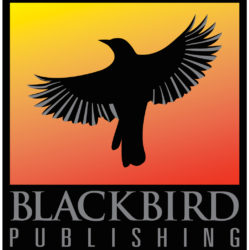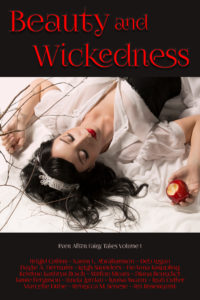“Bye-Bye Daddy” is in Beauty and Wickedness, the first volume in the anthology series Ever After Fairy Tales. In this collection, sixteen authors retell and reimagine some of the most enchanting fairy tales ever told – and make up some brand new fairy tales as well. Within these pages, you’ll find beauty and treachery, magic and courage, innocence and wickedness…and at least some happy endings.
Meet Louisa!
Louisa Swann writes genre-bending fiction, including Star Trek short stories, steampunk novels, hardboiled noir, western tales, and space operas. She lives on an eighty-acre ranch in northern California with her husband, her son, two horses, a cat, a varying population of rabbits, deer, coyotes, bobcats, cougars, snakes, frogs, birds, and bugs, and no electricity.
“Bye-Bye Daddy”
As a queen jumps to her death, there’s a giant lurking near the castle. They call him the Black Thief, who steals children and eats them. But is that really who he is? Or could this be a case of mistaken identity? Take a deeper look at this vegetarian half-giant, and find out why the queen held the key to his broken heart.
…
Some say my heart’s blacker than the ace of spades, but my heart beats red just like everyone else’s.
It’s my mind that carries the darkness.
A darkness with roots buried deep in my soul. But every darkness needs light and Gwendolyn was my light. As soon as I laid eyes on the woman fourteen years earlier, I knew she would break my heart.
Queens are funny that way. Human or giant, queens always act like they own the world and maybe they do.
But the queen splatted on the ground in front of me didn’t own anything. Not anymore.
She was dead as a rotten toenail.
And I was the one who’d killed her.
Grief clouded my head, choked my heart. I knelt by Gwendolyn’s side, fingered the soiled white silk.
Yes, I’d killed her.
Murdered my lady love without laying a hand on her.
All in the name of justice, of course. The kind of justice you’d expect a Black Thief to dish out.
She wasn’t my first killing, though.
My father got that honor.
– from “Bye-Bye Daddy” by Louisa Swann
The Interview
Traditionally, fairy tales are told from the perspective of the humans who encounter trolls and giants and other fearful creatures. You chose to tell your story from the giant’s perspective instead. What appealed to you about telling his side of the story?
Everyone has their own story and while protagonists are generally (though not always) the most interesting characters in a tale, I’ve always been curious about side character stories, especially the nonhuman characters. In this case, I started wondering about the giant’s family. Who were they and what were their stories? Do they fall in love and what happens when they do?
Are there any other stories you’d like to tell from unusual perspectives?
That is an interesting question. Generally, I don’t know if a story is going to come from a different sort of character until I start writing, especially if I start with a scene in my head or a general idea. As I work with that scene or idea, the characters sort of form themselves if that makes sense. Other times, the character infiltrates my head and demands story time. I never really know if I’m going to be writing a human character, or someone like a giant or a horse or a dwarf vampire with a calf fetish, or a man who’s been stuck in a penguin’s body.
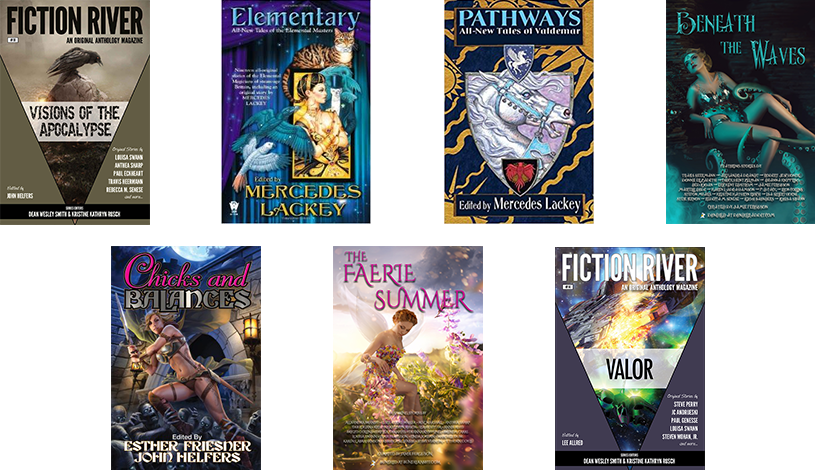
You’ve written five novels and dozens of stories. For you as a writer, what are the advantages and disadvantages of longer and shorter formats?
Shorter formats require more skill. A writer needs to get the story across in less words (duh) which means every one of those words has to further the story. I have to decide exactly what story I want to tell and stay focused on that story, not wander here and there. I started writing novels, and learning to stay focused was one of the hardest things I’ve had to do as a short story writer.
Novels allow more of a story to be told. As a writer, I can explore other characters, get deeper into the main character, and utilize setting to maximum effect. There can be subplots and other threads running through the narrative which are a lot of fun to deal with *grin*. I get to spend more time with characters I’ve come to love. Conversely, I have to spend more time with characters I’ve learned to despise.
You write in such a wide variety of genres. Do you have a favorite or two, or do you think you will always explore many different styles?
Intriguing characters and relationships. That’s basically what attracts me to a story and keeps me reading. It doesn’t matter to me what genre the story is written in. The same is true of my writing. First and foremost—What is the story demanding to be told? And once that is determined, then I look at where the story might fit as far as genre is concerned, what genre would best serve the story. Right now, I’m focused on the steampunk/weird west novels. Future novels include an epic fantasy, several mysteries, a thriller series, and possibly, a sci fi series. I’ve also had a request (from my mom) to write a historical novel or two. Plenty to keep me busy!
You’ve previously written mystery and suspense novels, but your latest steampunk novel series, featuring Abby Crumb, are classified as “weird west.” Can you tell us a little more about that genre and what you’re enjoying most about it?
Loosely speaking, steampunk stories are set in the Victorian era and tend to feature steam-driven technology as opposed to electric/gas. Weird West (according to TVTropes.org) stories are set in the American West during approximately the same time period and feature supernatural elements. I grew up with shows like “Wild, Wild West” and loved the gadgets thrown in with the western setting. I also tend to be drawn to “other than natural” occurrences that somehow seem to find their way into my stories. The Abby Crumb series provides an opportunity to combine fantastical gadgets, a western setting, and supernatural occurrences in stories that address timeless issues such as friendships and family with a few “stuck on the horns of a moral dilemma” moments thrown in.
Oddly enough, I find myself enjoying the research element of the stories more than I had anticipated. I love research in general, but I didn’t realize how much research was going to be involved in getting certain things “right” for the time period. I’d never really thought about how different today’s world is from the world of the 1850s. How something as simple as a fork was different in material and often (depending on where in the world you were) uses. Were canned foods around back then? Cigarettes? Jeans with pockets? Belt loops? Not everything has to be precise—this is fiction and sci fi with a fantasy bent, after all—but I find certain historical information fascinating and those readers with a keen interest in history will too (I think). It’s kind of like using the right gun with the right ammunition for the appropriate purpose in a mystery or thriller. Some readers won’t notice, but others will.
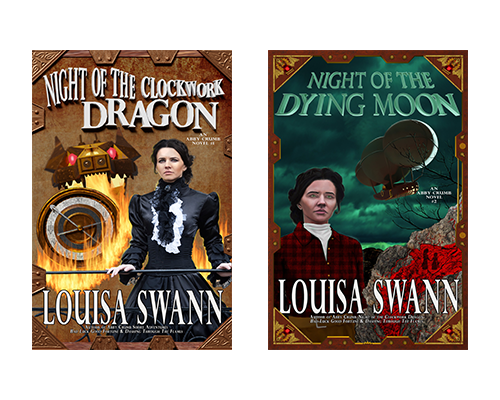
You’ve said that the Abby Crumb series started as a single novel, and that the first novel turned out to be the second novel, and then you realized it would be a trilogy. What do you think drove this evolution? Character? Plot? Setting? Other factors?
Some stories just turn out to be “bigger” than the writer intended. A short story will turn into a novel. A novel will turn into a trilogy or a series. Abby’s first draft was a short story. Then I realized there was more to tell in order to get her story “right.” So she became a Nanowrimo novel. When I went back over that Nanowrimo draft, I realized how much was missing and started over again. When I finally finished that version and had my first reader take a look, the manuscript (Night of the Golden Pea) was over 100,000 words. The first reader had a few comments that should have been minor fixes, but in reviewing those comments, I realized I’d left out some important elements, elements that would increase the size of the manuscript more than I felt was appropriate for the genre. So I decided to break it into a trilogy (which has been a huge learning experience :). And thus the first trilogy of the Abby Crumb series was born. Sometimes a story just runs away from a writer.
What story (or stories) are you working on now, and what’s fun about what you’re writing?
Abby’s series is my primary concern right now. I’m also working on another series in the same “universe” with my son Brandon. That will be the Myrtle Creek series. We’re hoping to launch it by early fall. I love working on both, mainly because I never know what the characters are going to pull next. I know the general plot of the story, but leave my characters the freedom to indulge in shenanigans!
…
Growing up in the wilds of the Sierra Nevada mountains, surrounded by deer and beaver, muskrat and bear, Louisa Swann found ample fodder for her equally wild imagination. As an adult, she interweaves her experiences with that imagination, creating tales of fantasy and science fiction, mystery and thrillers, steampunk and historical fiction. Her short stories have appeared in Fiction River anthologies, including Reader’s Choice; Mercedes Lackey’s Elementary Magic and Valdemar anthologies; and Esther Friesner’s Chicks and Balances. Novels include light-hearted mysteries (It Ain’t No Bull, The Trouble with Bulldogs) and her new steampunk/weird west series, Abby Crumb and Myrtle Creek (with Brandon Swann).
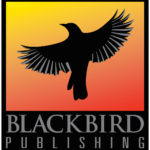
Sign up for the Blackbird Publishing newsletter!
